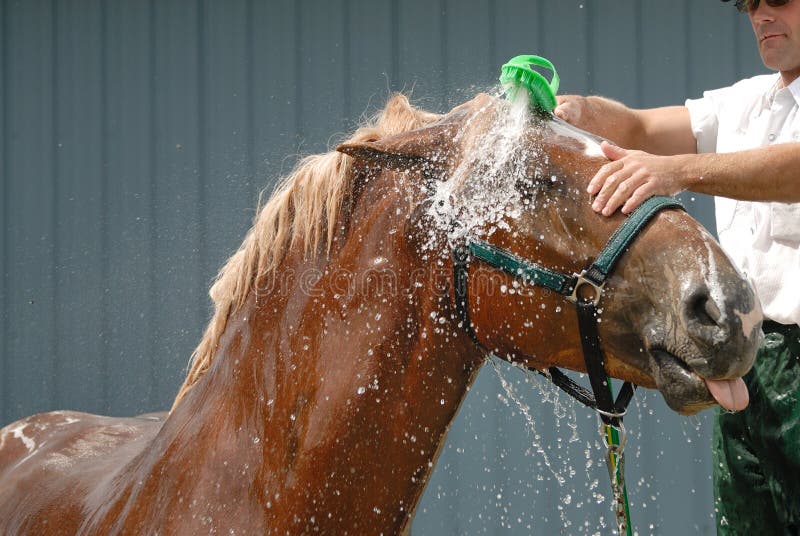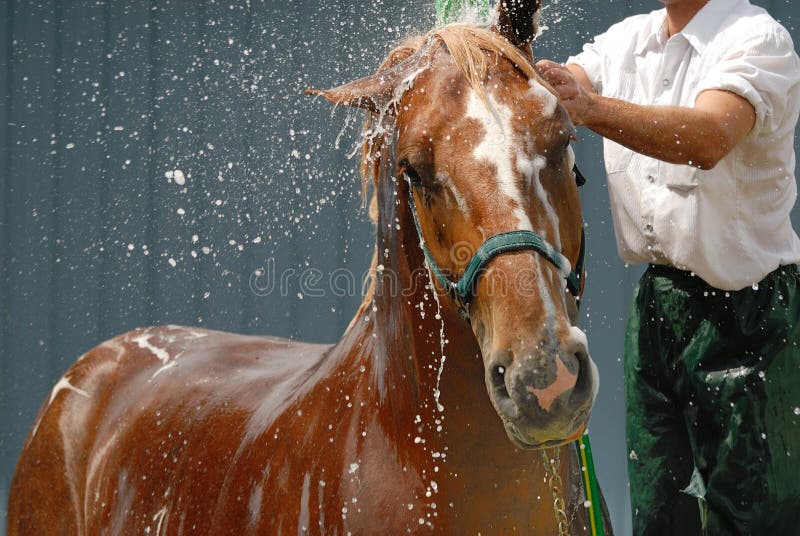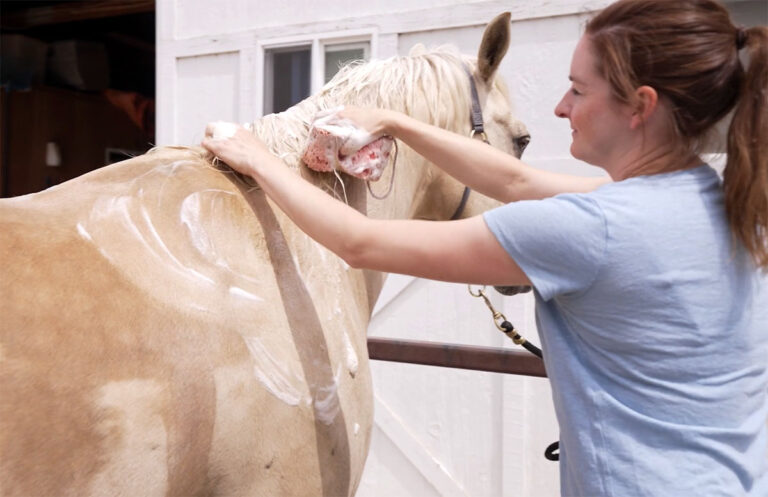Horse breeding is both an art and a science, requiring knowledge, patience, and careful planning. Whether you’re a first-time breeder or looking to deepen your understanding, this guide will provide insights into every aspect of the process, from selecting the right mare and stallion to caring for the foal.
Understanding Horse Breeding
Horse breeding is the intentional pairing of a mare (female horse) and a stallion (male horse) to produce offspring with desired traits. It involves careful planning to improve specific characteristics such as conformation, temperament, or performance.
Why Breeding Horses is Important

- Preserving Bloodlines: Many breeders aim to continue exceptional bloodlines, especially in competitive disciplines.
- Enhancing Traits: Breeding can improve physical and behavioral traits in future generations.
- Passion for Horses: Many horse enthusiasts breed for personal fulfillment and love of horses.
Key Factors to Consider Before Breeding
- Goals of Breeding
- Are you breeding for competition, show, work, or personal preference?
- Define what you aim to achieve in the foal’s traits.
- Health and Suitability
- Ensure both the mare and stallion are in excellent health.
- Avoid breeding horses with genetic defects or undesirable temperaments.
- Cost and Commitment
- Horse breeding can be expensive, with costs including veterinary care, stud fees, and ongoing maintenance.
- Breeding also requires a time commitment for proper care and training of the foal.
Selecting the Right Mare and Stallion
Mare Selection
- Health and Fertility: The mare should be healthy, with no reproductive issues.
- Conformation: Look for strong, proportional physical features.
- Temperament: A calm and cooperative demeanor is ideal.
- Performance History: A mare with proven abilities in your desired discipline is a bonus.
Stallion Selection
- Genetics: Research the stallion’s bloodlines and genetic history.
- Performance and Temperament: Choose a stallion that complements the mare’s strengths and improves upon her weaknesses.
- Stud Fees and Availability: Stallions with strong reputations may come at a higher cost.
The Horse Breeding Process
- Estrous Cycle of the Mare
- Mares have a reproductive cycle of approximately 21 days, with estrus (heat) lasting 5–7 days.
- Breeding typically occurs during estrus when the mare is most fertile.
- Types of Breeding
- Natural Breeding: The stallion and mare mate naturally.
- Artificial Insemination (AI): Semen is collected from the stallion and inserted into the mare.
- Embryo Transfer: The mare’s fertilized embryo is implanted into a surrogate.
- Fertilization and Gestation
- Once fertilized, the mare carries the foal for about 11 months (340 days).
- Regular veterinary check-ups are essential to monitor the mare’s health during pregnancy.
Caring for the Pregnant Mare
- Nutritional Requirements
- Provide a balanced diet with ample protein, vitamins, and minerals.
- Avoid overfeeding; a pregnant mare does not need excessive weight gain.
- Regular Exercise
- Light exercise is beneficial to maintain fitness and circulation.
- Avoid strenuous activity in the later stages of pregnancy.
- Veterinary Care
- Schedule regular check-ups to monitor the mare and foal’s health.
- Vaccinate the mare during pregnancy to protect the foal after birth.
Preparing for Foaling
- Signs of Labor
- Udder swelling and milk production.
- Relaxation of pelvic muscles and changes in behavior.
- Foaling Environment
- Create a clean, quiet, and safe area for foaling.
- Use a well-bedded stall or a secure paddock.
- Assistance During Birth
- Most mares foal without complications, but be prepared to assist or call a vet if needed.
Caring for the Newborn Foal
- Initial Care
- Ensure the foal stands and nurses within 1–2 hours of birth.
- Check the umbilical cord and apply antiseptic if necessary.
- Nutrition
- The mare’s colostrum (first milk) is essential for the foal’s immunity.
- Monitor nursing and ensure the foal gains weight steadily.
- Veterinary Check-Up
- Schedule a post-birth vet visit to ensure the health of the mare and foal.
- Vaccinate and deworm the foal according to the vet’s recommendations.
Common Challenges in Horse Breeding
- Infertility Issues
- Can occur in either the mare or stallion due to age, health, or genetic conditions.
- Complications During Foaling
- Dystocia (difficult birth) may require veterinary intervention.
- Neonatal Health Issues
- Foals are prone to infections or developmental conditions in their early days.
Raising and Training the Foal
- Weaning
- Foals are typically weaned at 4–6 months of age.
- Gradual weaning is less stressful for both the mare and foal.
- Socialization
- Allow the foal to interact with other horses to develop proper behavior.
- Early handling can establish trust and respect.
- Training Basics
- Start with halter training and ground manners.
- Introduce more advanced training as the foal matures.
Legal and Ethical Considerations
Breeding Licenses and Registrations
- Ensure both mare and stallion are registered with relevant breed associations.
- Follow legal guidelines for breeding practices in your region.
- Ethical Breeding Practices
- Avoid overbreeding or contributing to unwanted horse populations.
- Prioritize the welfare and future of each foal.
Conclusion
Horse breeding is a rewarding but complex process that requires careful planning, attention to detail, and ongoing dedication. By understanding the basics—from selecting the right mare and stallion to caring for the pregnant mare and raising the foal—you can ensure a successful and ethical breeding experience. Whether you’re breeding for passion, competition, or legacy, always prioritize the health and well-being of your horses.








